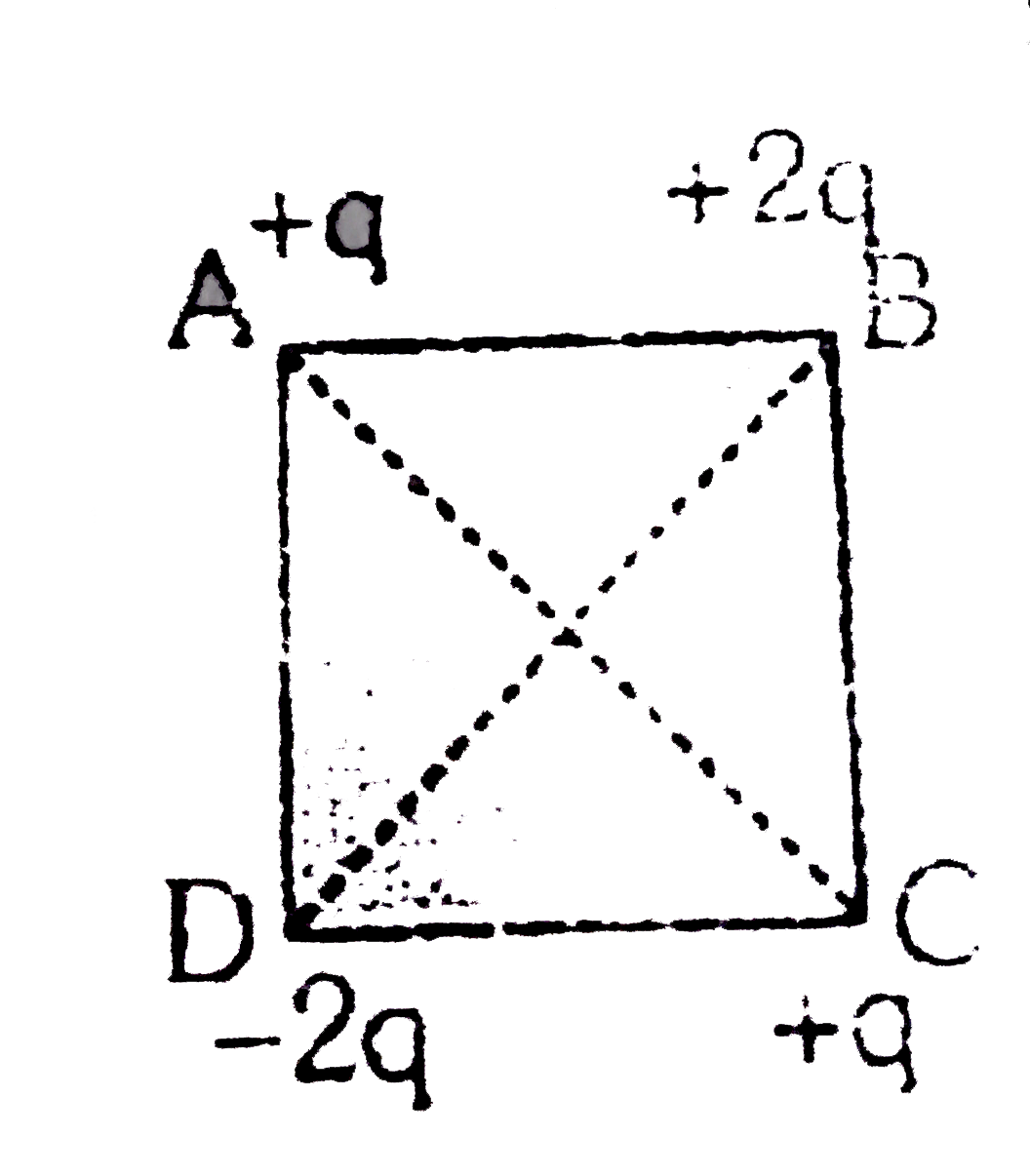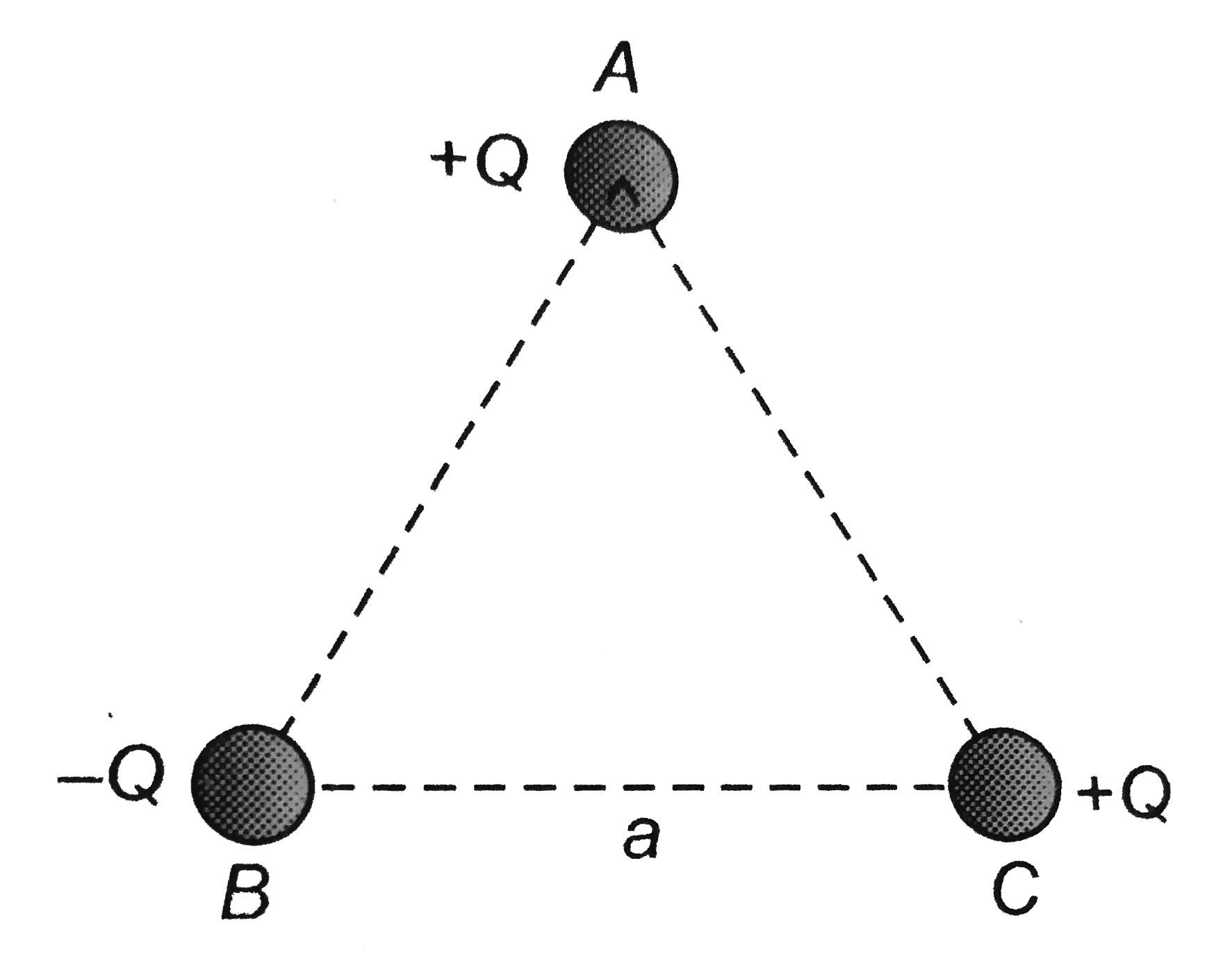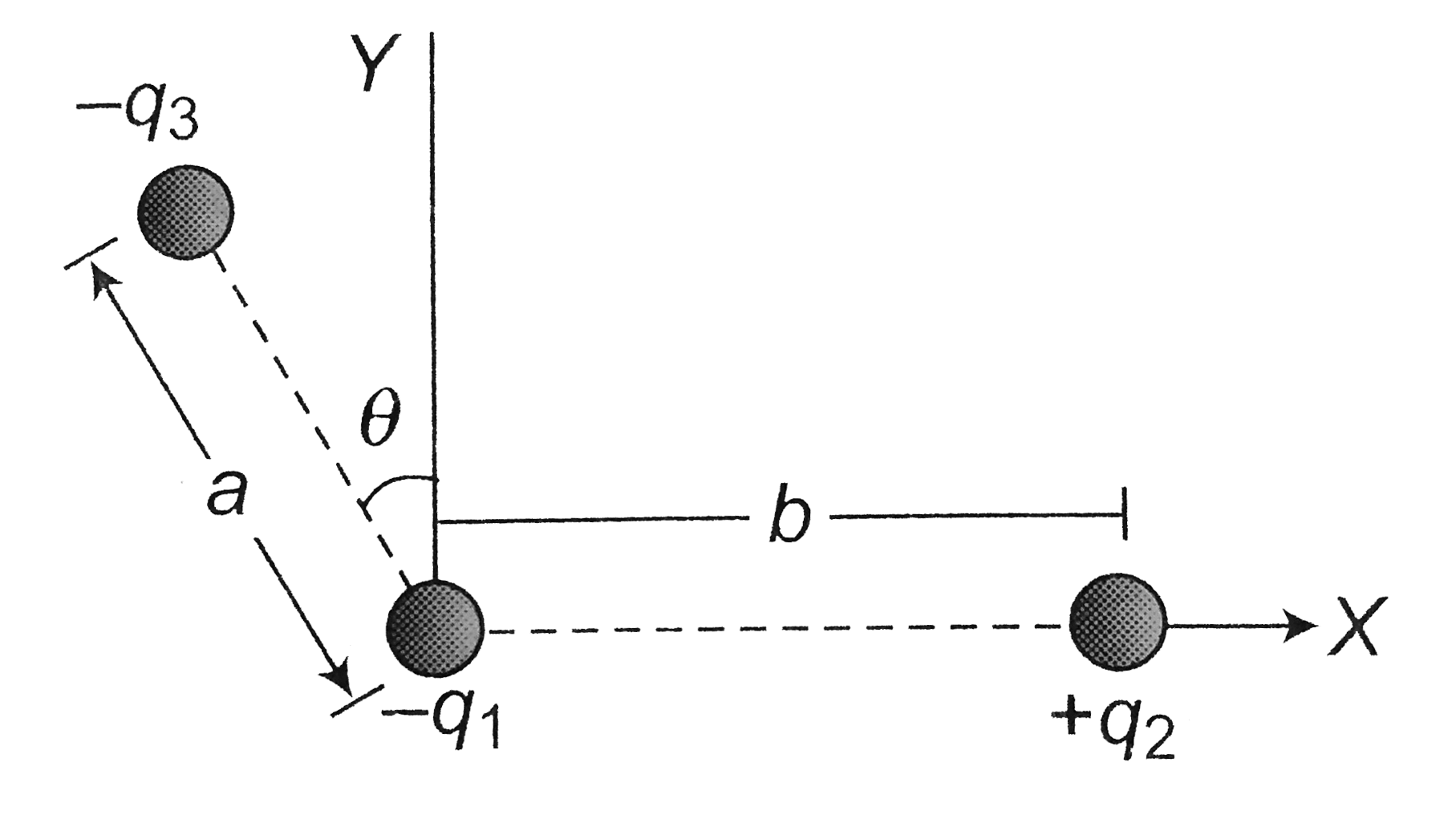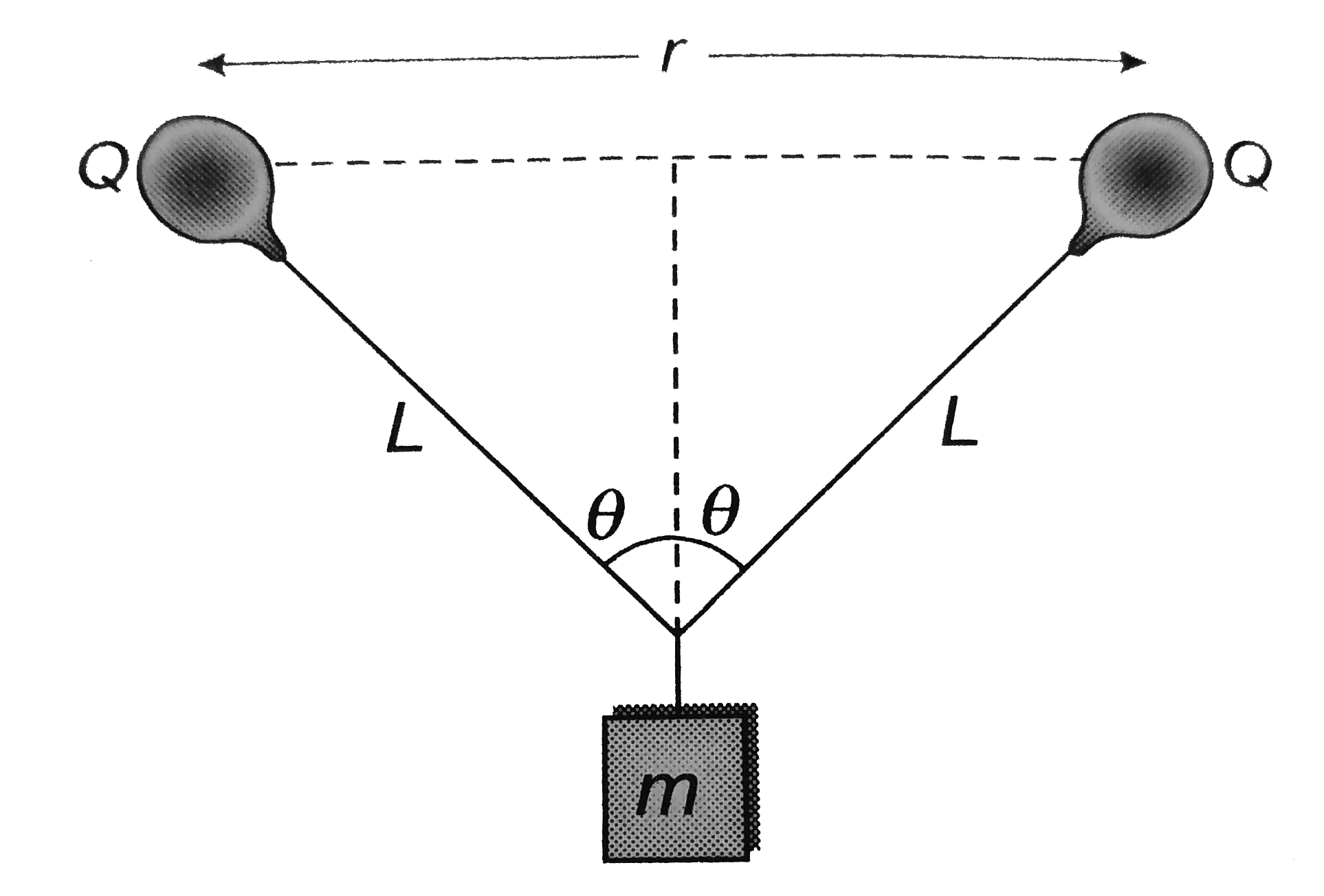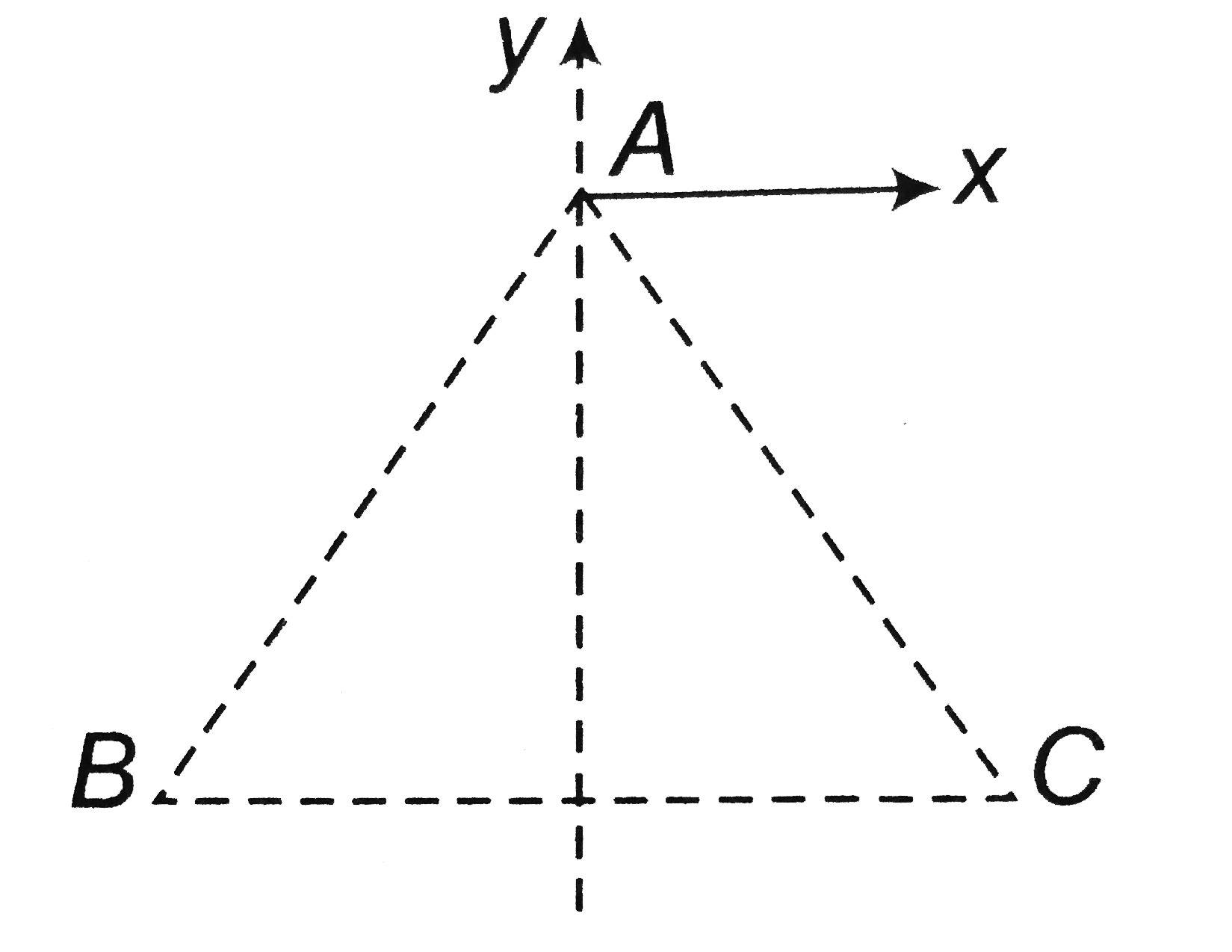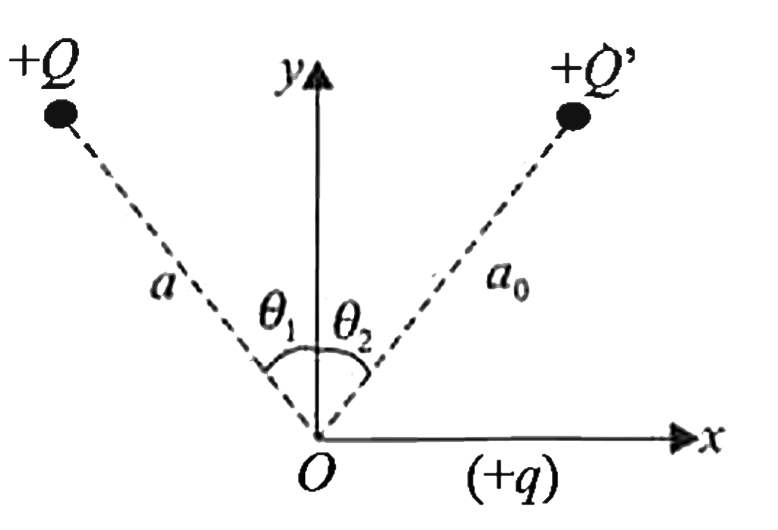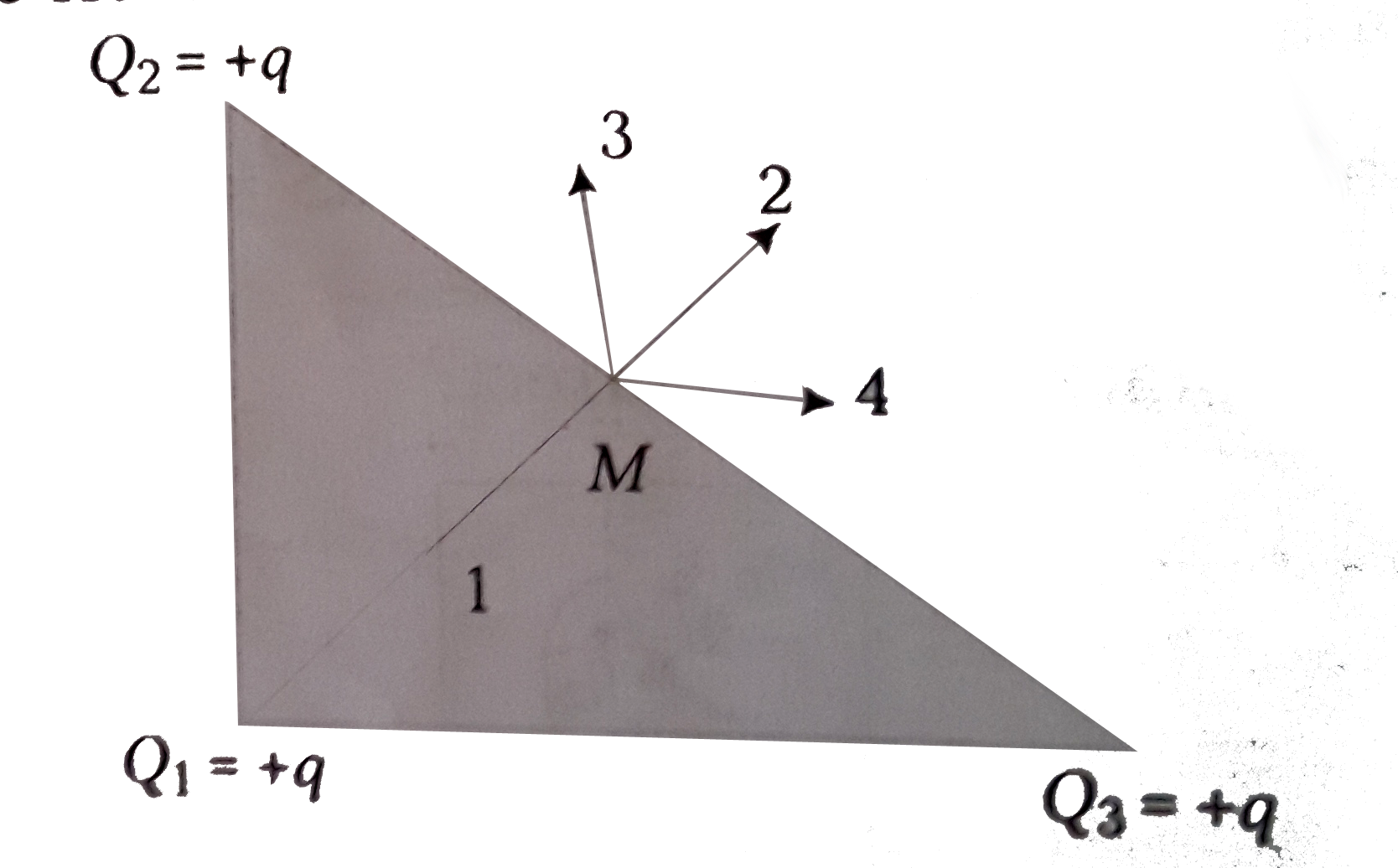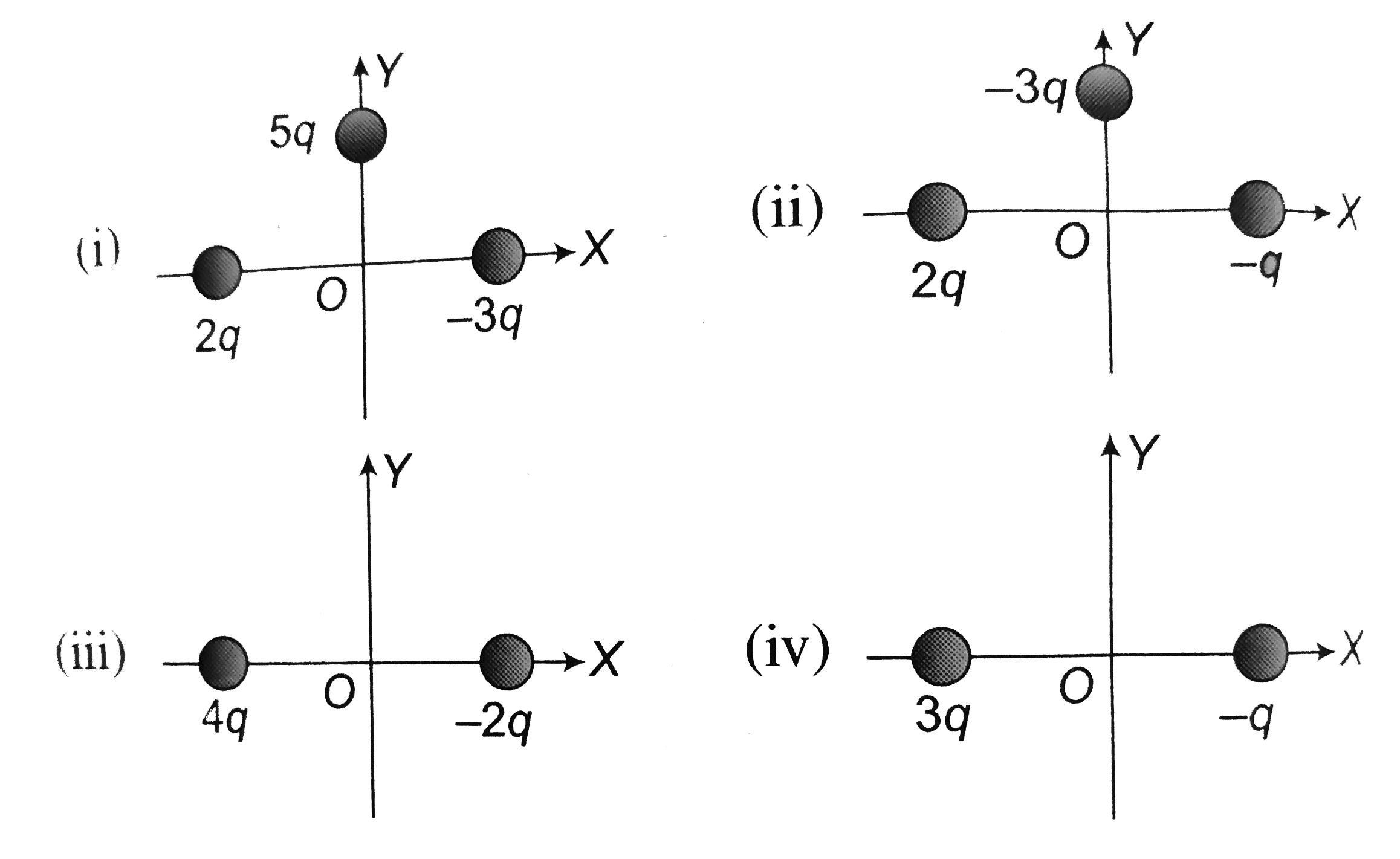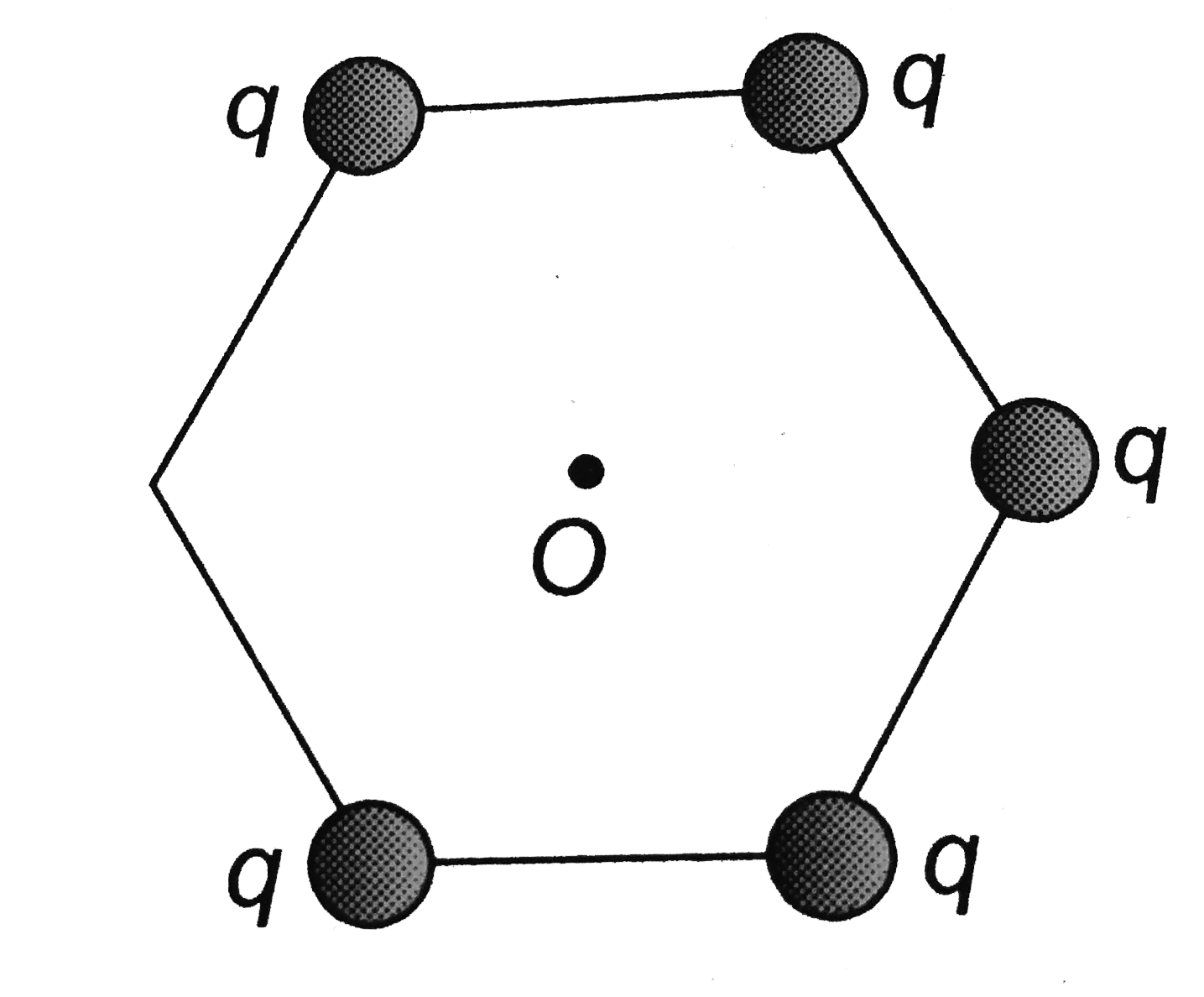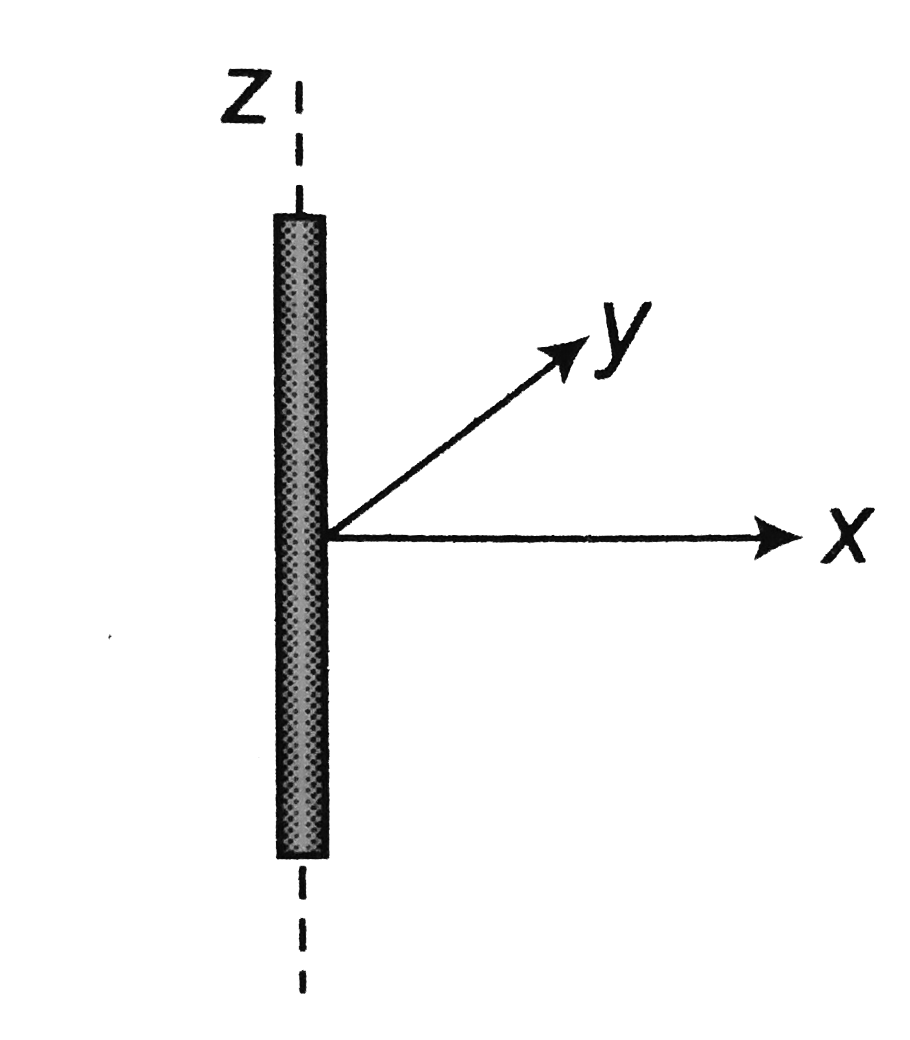Single Correct Answer Type from CENGAGE PHYSICS (ENGLISH) Chapter 5 COULOMB LAW AND ELECTRIC FIELD for Class 12
| Class 12 | PHYSICS |
| Chapter | COULOMB LAW AND ELECTRIC FIELD |
| CENGAGE PHYSICS (ENGLISH) | Single Correct Answer Type |
| Medium | English |
| Academic Year | 2023-2024 |
Question 3
Two small spherical balls each carrying a charge Q=10μC are suspended by two insulating threads of equal lengths 1cm each, from a point fixed in the ceiling. It is found that in equilibrium threads are sepreated by an angle 60∘ between them, as shown in figure. What is the tension in the threads
(Given 14πε0=9×109Nm/C2 )
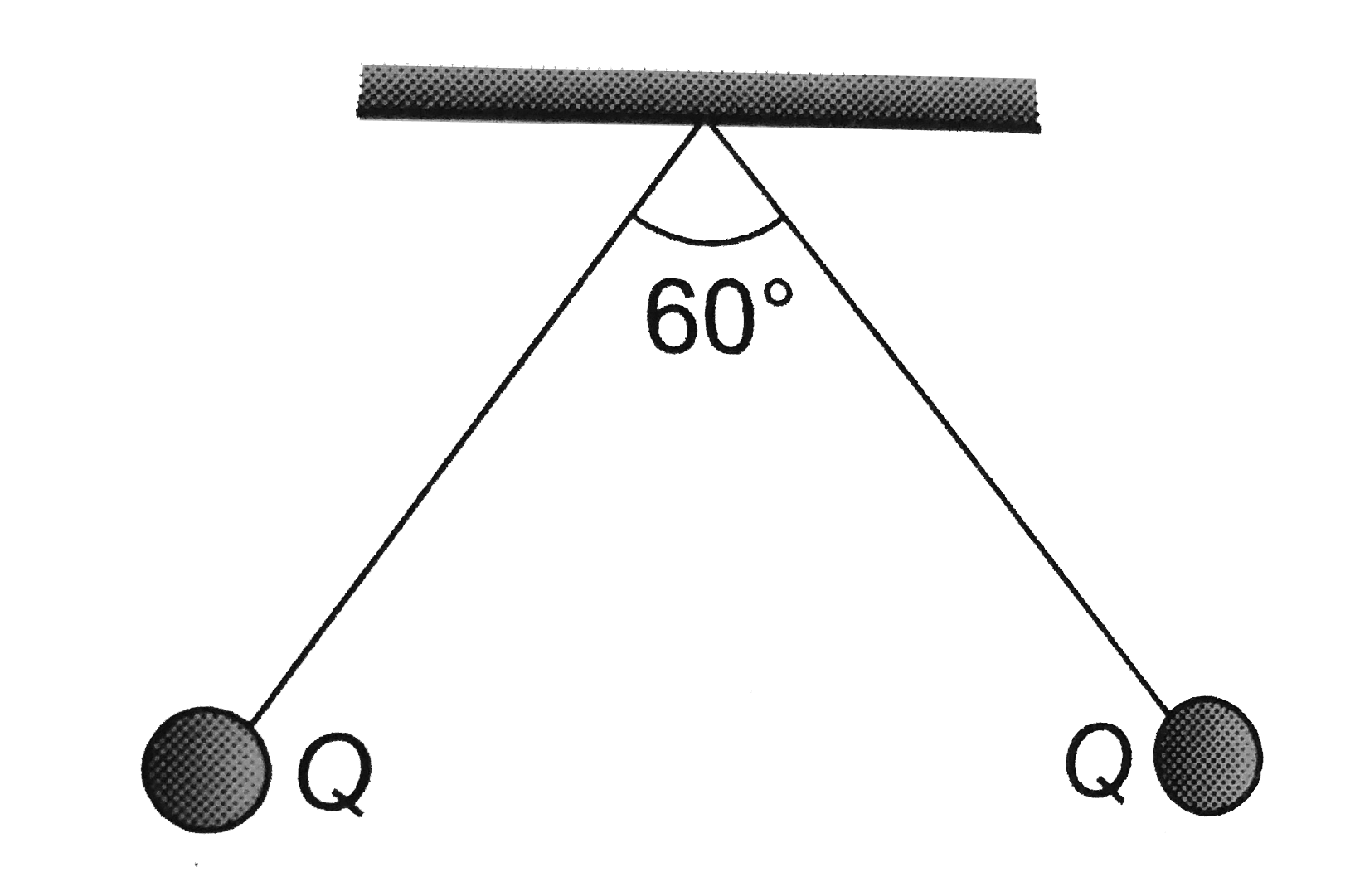 View Solution
View SolutionQuestion 8
Two small spheres of masses M1 and M2 are suspended by weightless insulating threads of lengths L1 and L2. The spheres carry charges Q1 and Q2, respectively. The spheres are suspended such that they are in level with one another and the threads are inclined to the vertical at angle of θ1 and θ2 as shown. Which one of the following conditions is essential, if θ1=θ2?
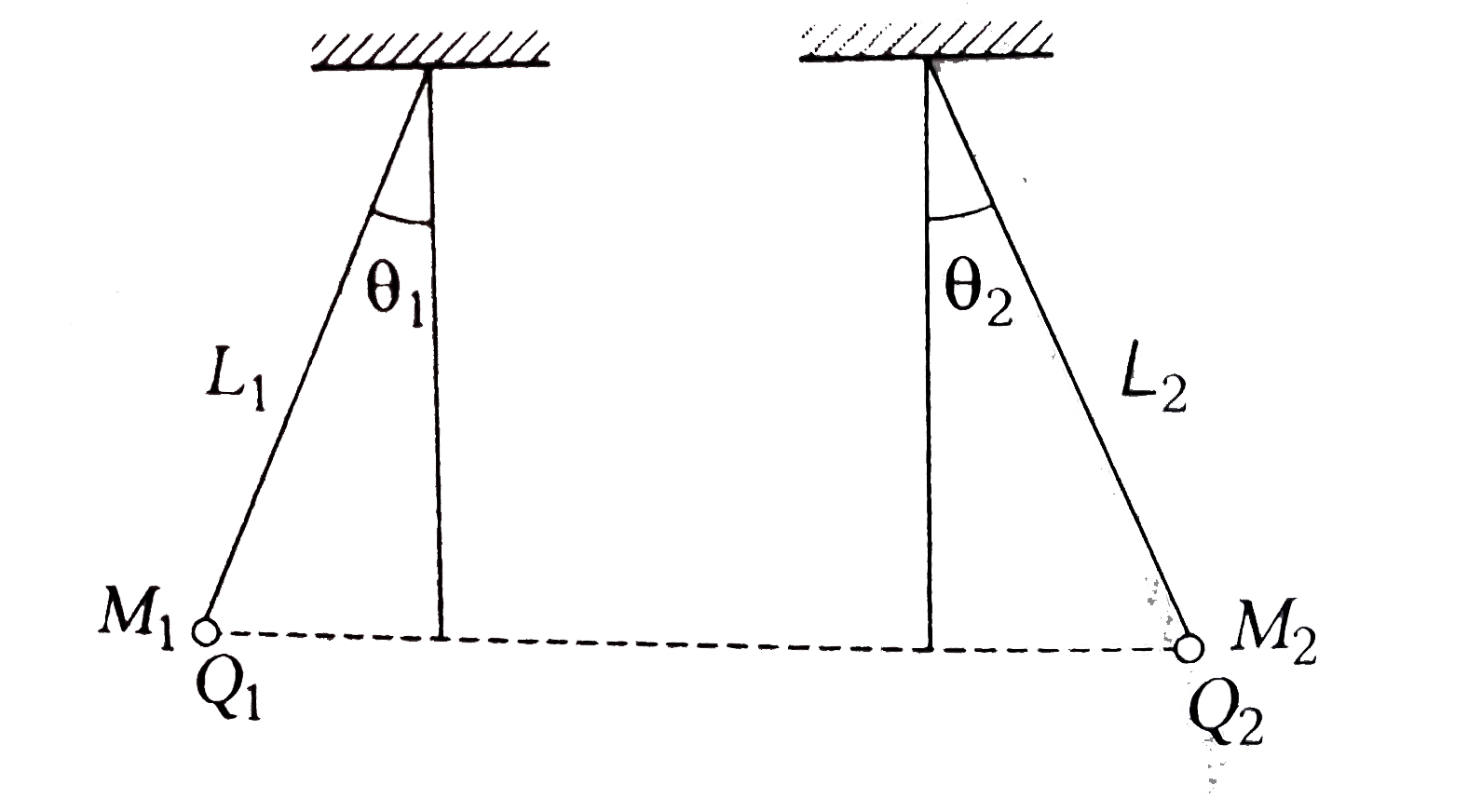 View Solution
View SolutionQuestion 9
Two identical small balls each have a mass m and charge q. When placed in a hemispherical bowl of radius R with frictionless, nonconductive walls, the bead move, and at equilibrium the line joining the balls is horizontal and the distance between them is R (see figure). Neglect any induced charge on the hemispherical bowl. Then the charge on each bead is : (here K=14πε0)
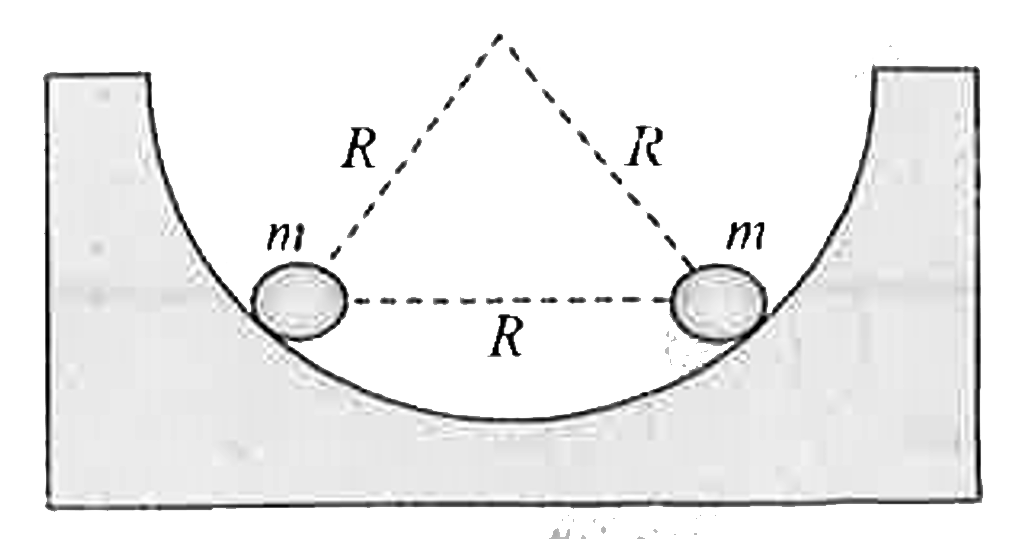 View Solution
View SolutionQuestion 11
Four similar (+q) are placed at origin O, B, C and D as shown. The angles are as shown. Charges at B, C and D are equidistant from O at a distance of a. The forces of repulsion experienced by charge at O due to charges at B and D along CO are equal, given by q2√38πε0a2. Find the relation between θ1,θ2 and θ3:
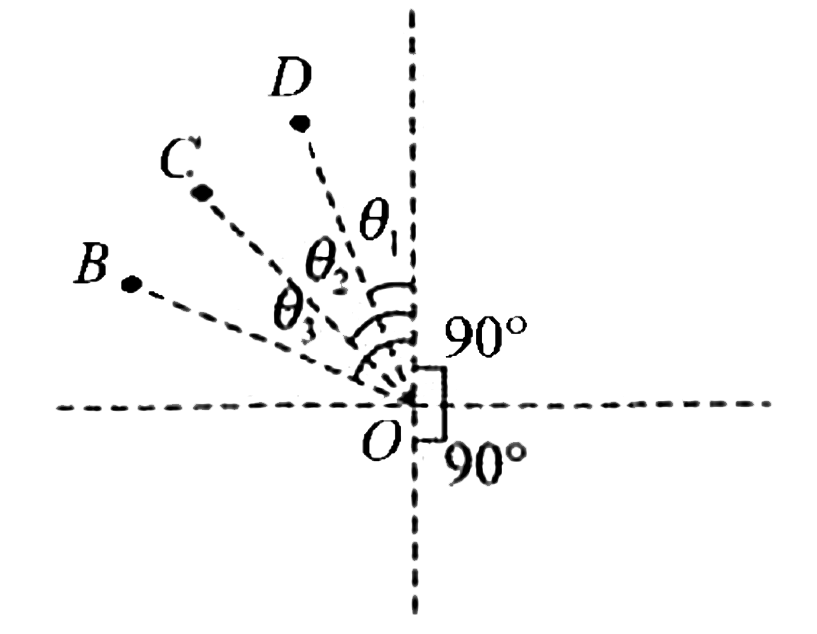 View Solution
View SolutionQuestion 22
Two semicircular rings lying in same plane, of uniform linear charge density λ have radius r and 2r. They are joined using two straight uniformly charged wires of linear charge density λ and length r as shown in figure. The magnitude of electric field at common centre of semi circular rings is -
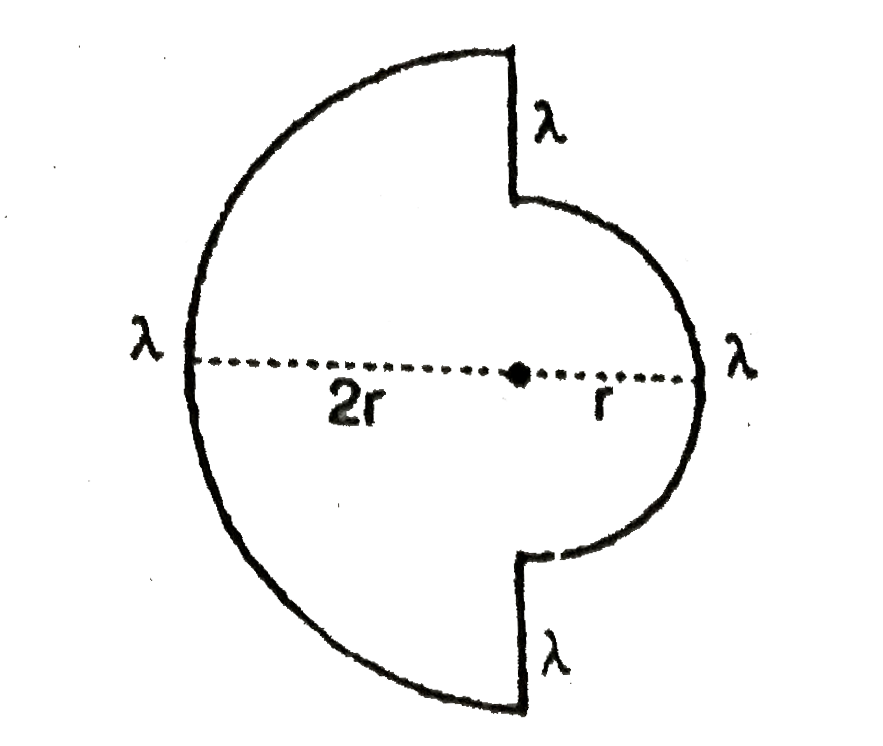 View Solution
View SolutionQuestion 23
Two concentric rings, one of radius R and total charge +Q and second of radius 2R and total charge −√8Q, lie in x−y plane (i.e., z=0plane). The common centre of rings lies at origin and the common axis coincides with z-axis. The charge is uniformly distributed on both rings.
At what distance from origin is the net electric field on z-axis zero?
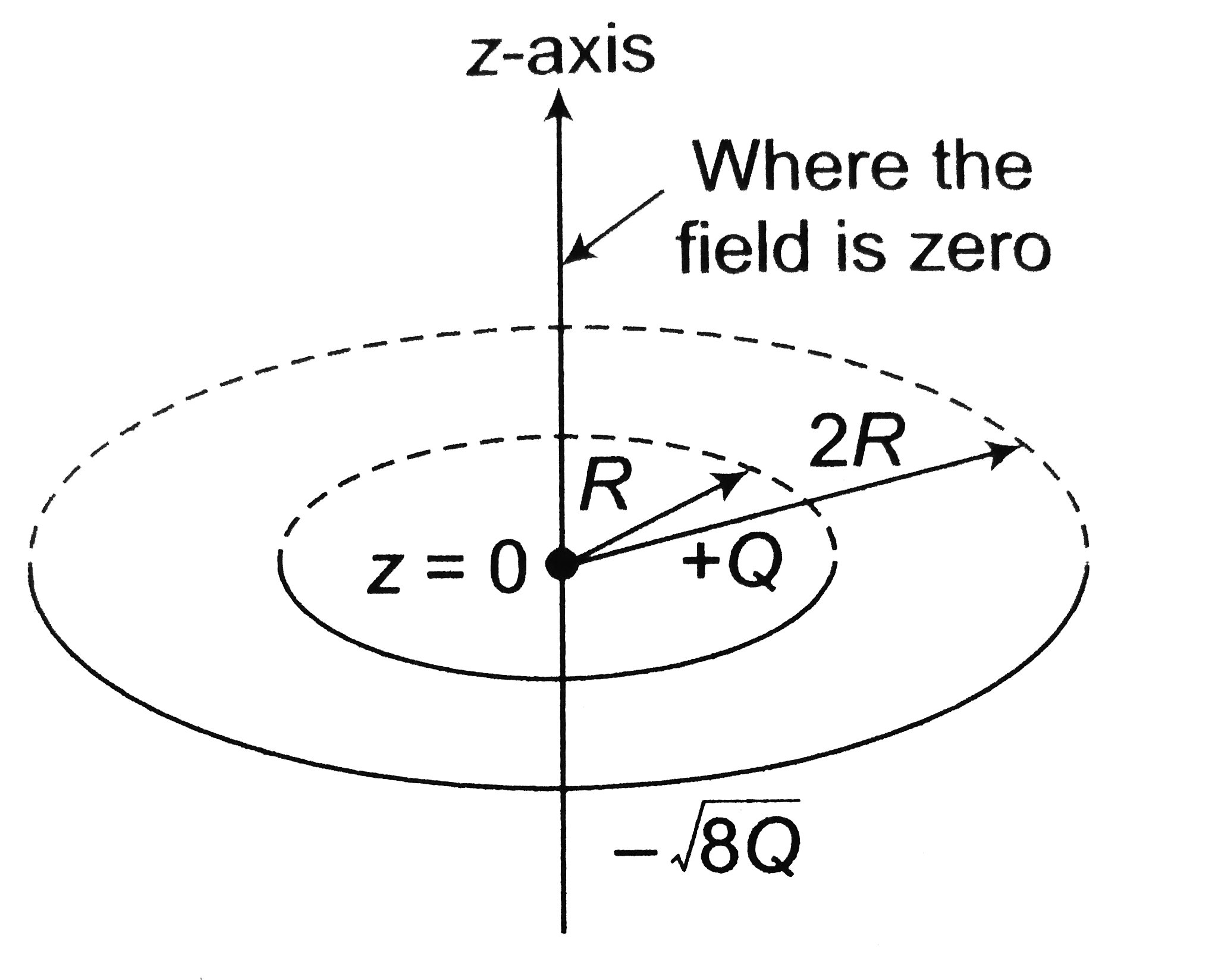 View Solution
View Solution

